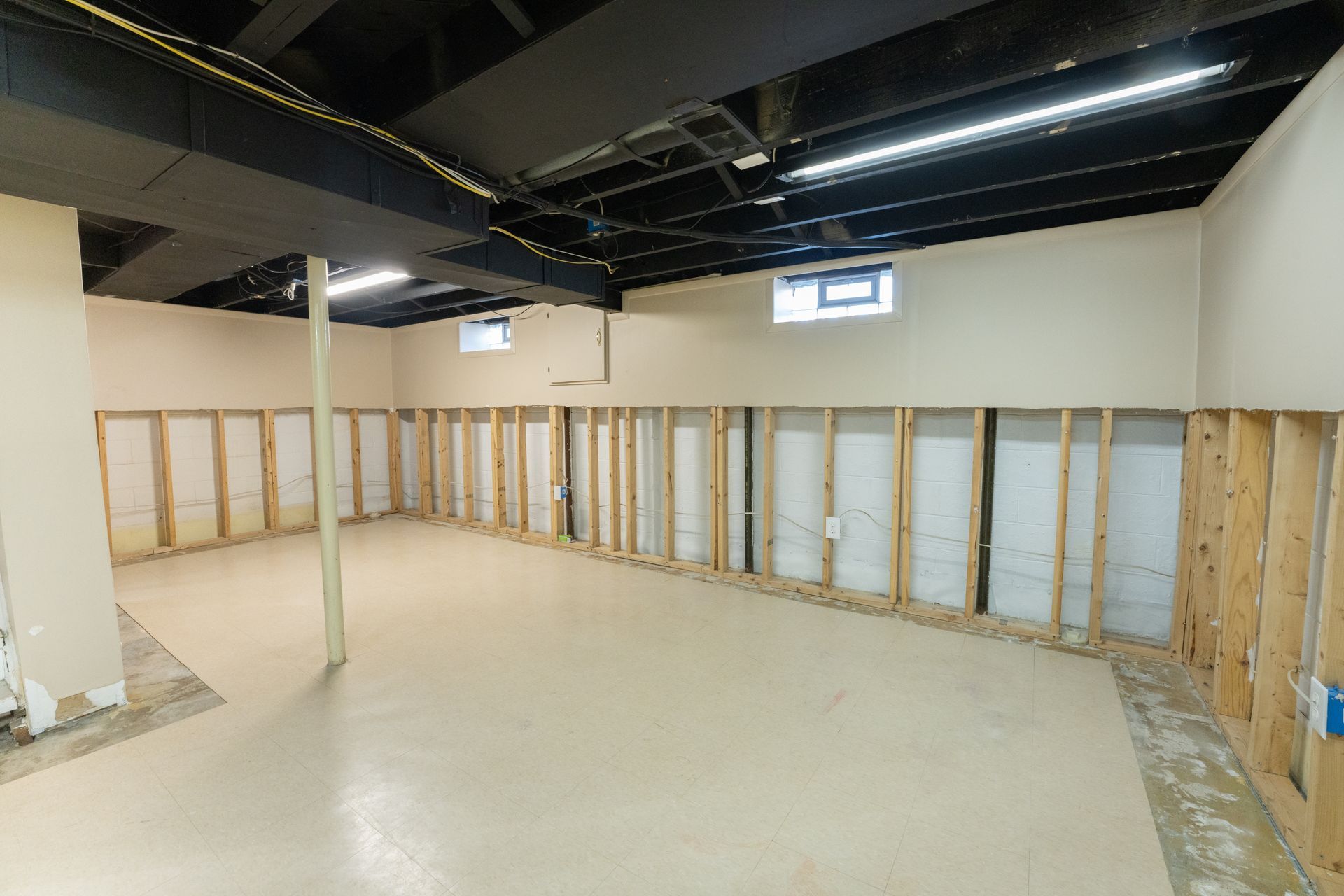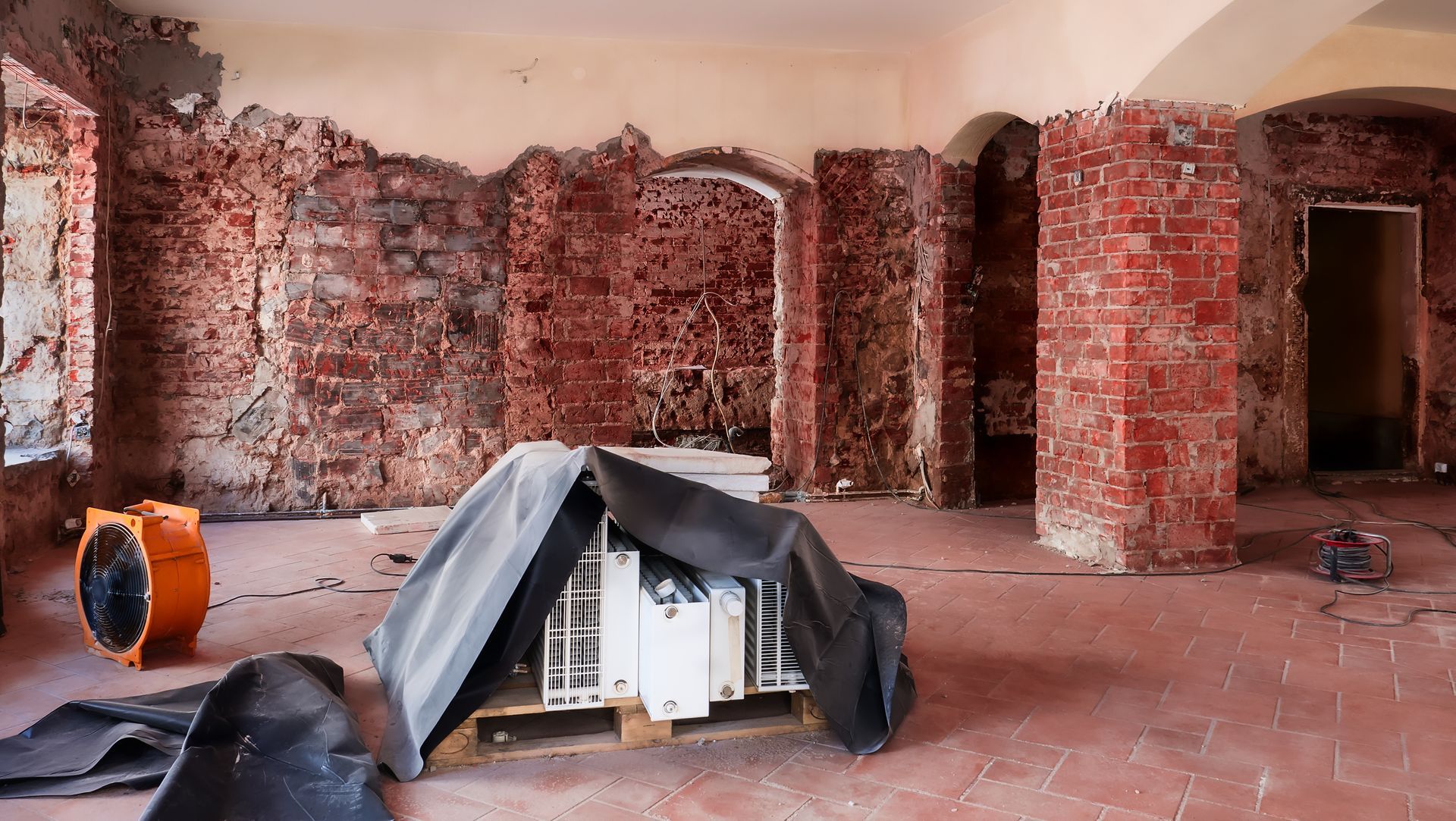Stopping Property Crime In Its Tracks
Did you know that there are preventative measures you can take to prevent property destruction? In fact, there is a concept called Crime Prevention Through Environmental Design, which is also known as CPTED. This is the understanding that physical and established norms impact behaviors, such as vandalism and crime, or their deterrents.
Initially, it originated in the United States around 1960 to create safer neighborhoods. The idea was coined by criminologist C. Ray Jeffrey. Although it was based on neighborhoods and communities, the overall concept can be used to defend your property as well. There are many ways of stopping property crime in its tracks. In order to better protect your property, there are 4 principles that go along with CPTED. The physical environment of your property can be transformed to promote positive behaviors and discourage negative ones.
1. NATURAL SURVEILLANCE
First, you can create ways that make parts of a property more visible, or natural surveillance. This discourages unwanted visitors that do not want an audience. You can do this by trimming overgrown landscaping or using open stair risers to create more visibility. This gives criminals less areas to hide, too.
Although creating visibility is a step in the right direction, you can also be more proactive with activity creators. These are things in your community that people utilize. This increases foot traffic, which, in turn, adds visibility. Amenities such as playgrounds and community mailboxes are great ways to increase activity and thus, natural surveillance.
2. NATURAL ACCESS
Secondly, there is the principle of natural access. This restricts criminal opportunities by not only limiting access to your property, but also by controlling the traffic direction. In other words, you should use geography to your benefit. Criminals who cannot get to their targets are less likely to commit crimes.
The natural access control principle can be implemented in several ways, including:
- Utilizing one main point of entry.
- Adding low height, thorny bushes under ground-level windows and fences.
- Not using design features that give access to roofs or upper levels of buildings.
- Installing a locking gate the between front and back yards or front and back areas of your commercial building.
3. NATURAL TERRITORIAL REINFORCEMENT
Additionally, there is the natural territorial reinforcement principle. You should clearly define the boundary between public and private space. If you reinforce the feeling of territory to give your residents or employees a stronger sense of community, they will be able to quickly recognize outsiders. This can be done by tactically planting trees, building sidewalks and roads, and placing signage.
4. MAINTENANCE
Have you ever heard of the “broken window theory?” This is when a building with a few broken windows that are not repaired encourage vandals to break additional windows. If nothing is done about this new damage, their behavior intensifies. Neglected areas of a property invite crime to occur. When you let little things like broken windows accrue, they often turn into much bigger problems!
WHERE TO START
Now that you have the four principles laid out, you may be wondering, where to start? It is easier to implement these strategies than you may think. The simplest way to start is by completing daily rounds. Have your team, property manager or maintenance staff walk the property and its boundaries every day. While inspecting, they can assess whether gates, lock and access point controls are functioning; perform a landscape audit; inventory higher-value assets, like AC units; and clean litter. By taking these small steps to achieve CPTED principles, these will reduce potential crime and improve quality of life at your business or property.
For more information about, the CPTED concept, you may want to visit the International CPTED Association’s website.
OTHER PREVENTATIVE MEANS
In addition, you might want to install motion sensor lighting for more protection. These should encompass all areas of your property. It is also important to mount the lights as high as possible, so they cannot be disassembled by criminals. Be sure that the security lighting is not too bright, because these can cause unneeded glare or deep shadows.
Furthermore, this may seem obvious, but having a security alarm system is also important. Now these systems are available to work with almost any budget, so you can probably get one to fit your needs. Once installed, you should display security system signage at access points. Depending on your property, installing security cameras are another preventative measure when window surveillance is not possible.
CHOOSE GUARANTEE RESTORATION SERVICES
At the end of the day, criminals will be criminals. Stopping property crime in its tracks does not always stop the actions of outside individuals. The good news is that Guarantee Restoration Services can help. We are ready to perform contents restoration and help you restore what we can. If your property experiences vandalism, give our team a call at 1-800-349-HELP (4357) or visit our website at www.GuaranteeRestoration.com.






